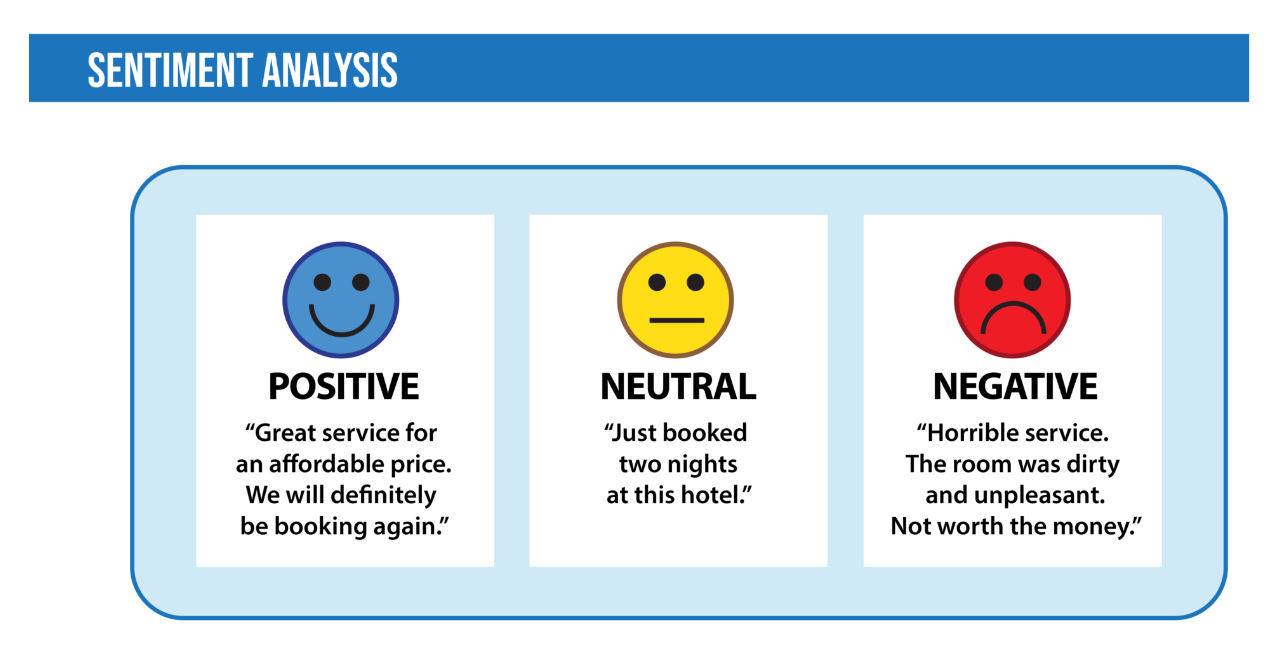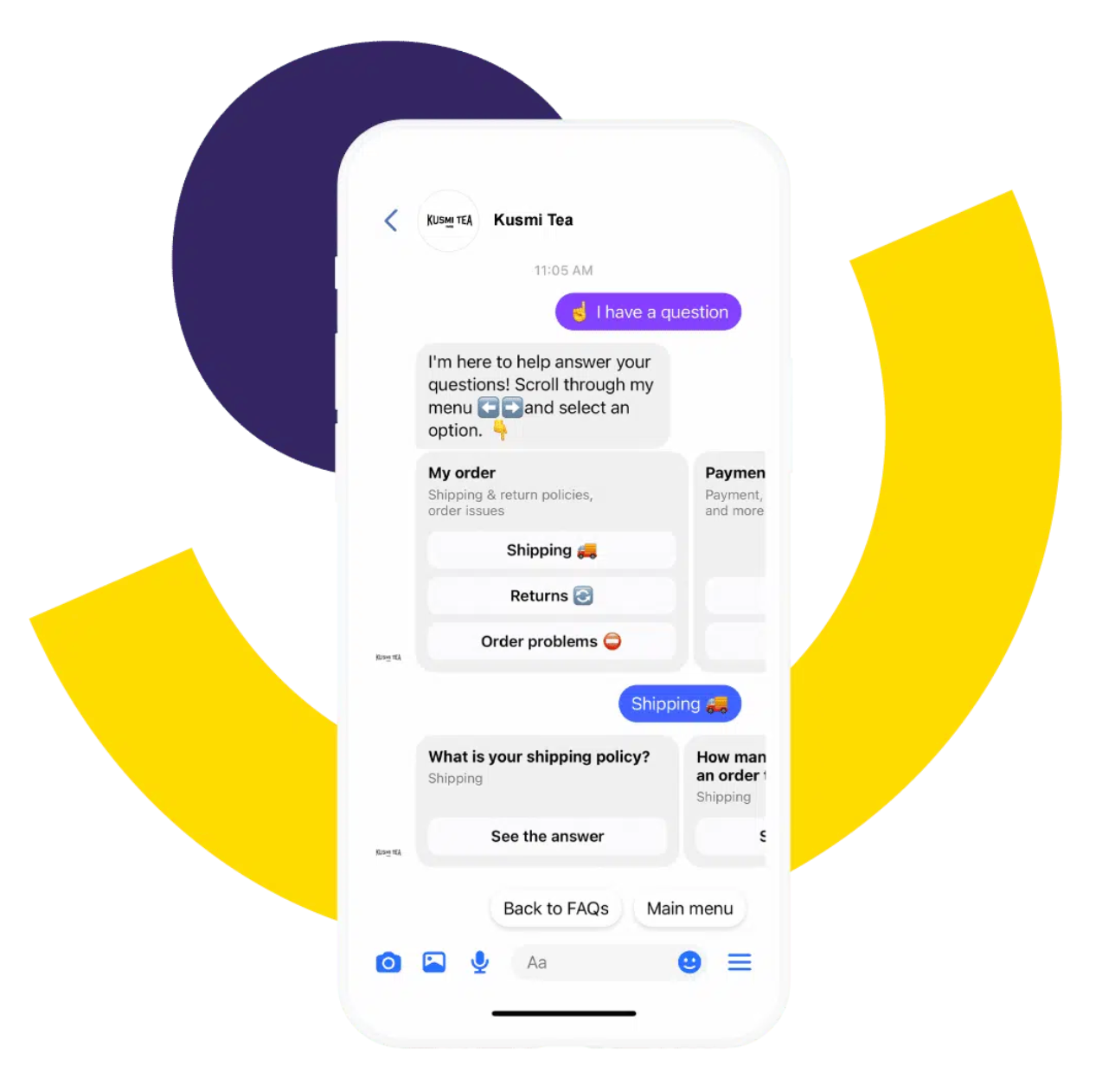Published on: April 20, 2023 Updated on: February 14, 2024
What is NLP? A Guide to Natural Language Processing
Author: Inge von Aulock

Natural Language Processing (NLP) is a critical area of AI technology that’s used in everything from chatbots to language translation. How does NLP work? Can NLP be useful for small businesses? We cover the basics as well as some use cases that can help small business owners run their businesses more efficiently.
What is NLP?
This field of computer science focuses on enabling machines to interact with humans using written or spoken language. The conventional way of instructing a computer to perform a task involved using a very rigid set of commands. Any deviation from the words or syntax used and the computer wouldn’t know what to do.
NLP is the ability of an AI app or computer to understand, process, and generate language naturally, much as humans are able to do. All-natural human languages have rules, but they also include subtleties and a variety of ways to say the same thing.
Some words sound the same or are even spelled the same but mean different things. Often, it’s the context that enables humans to know what is meant.
As AI-enabled technology is trained on large language models, the computer learns to understand the subtleties of language and gets better at understanding the instruction it is being asked to process.
Where is NLP Used Today?
NLP is used in various industries, including healthcare, finance, customer service, and e-commerce.
In healthcare, NLP can enable computer systems to analyze patient data and medical records to guide doctors in making improved diagnoses and choosing more effective treatment options.
NLP enables computers to read, understand, and then summarize financial reports to help people in finance make better sense of lengthy reports.
A chatbot can use NLP to better understand a customer service query from a customer and then deliver accurate information to answer the query.
An AI tool that uses NLP to process customer reviews can detect trends for potential product improvements or even offer a customer relevant product recommendations.
How Does Natural Language Processing Work?
NLP involves both Natural Language Understanding (NLU) as well as Natural Language Generation (NLG). These two subsets of NLP involve different tasks. The first is to understand the written or spoken words, and the second is to generate an appropriate response.
As these different NLP tasks are performed by the AI tool, the computer begins to understand what is being asked of it and how to deliver an understandable and appropriate response.
Let’s take a look at the difference between NLU and NLG tasks.
NLU Tasks
Understanding human conversation requires understanding what individual words mean, the syntax of the sentence, as well as the context of the conversation. Here are some basic descriptions of NLU tasks:
Speech recognition – identifying spoken words (speech to text) or written words (Optical Character Recognition).
Named Entity Recognition (NEM) – Classifying a word as a name of something like a place, a person, or a brand. This also involves distinguishing when a name is referring to a person or a company. For example, does the context imply that “Wendy’s” is referring to the restaurant chain or something that belongs to a person named Wendy?
Grammatical tagging / Part of speech – identifying the part of speech being used. Is the word a verb or a noun? Words like “can” or “make” can be both verbs or nouns, depending on the context.
Word sense disambiguation – understanding that the same word can mean different things and identifying the meaning based on context. An example would be the word “drive,” which can be used in “drive the car” or “drive the point home.” In both cases, it’s used as a verb but has a different meaning.
Sentiment analysis – understanding things like the emotional aspects of language. Is the person being sarcastic, are they confused, angry, or happy?
Word segmentation – Identifying the spaces between written words or the time gap between spoken words to isolate individual words.
Morphological segmentation – breaking words up into smaller pieces so the roots, or morphemes, can be used to aid understanding.
Sentence breaking – recognizing periods, commas, and other punctuation to identify parts of sentences.
Coreference resolution – understanding when two different words refer to the same person or thing. A simple example is when using “Peter” to refer to a person and then using the pronoun “him” or “his” to refer to that same person again.

NLG Tasks
Once the request has been parsed, processed, and understood by the computer, it needs to generate an understandable, useful response. NLG is the process of generating human language text in either written or spoken format.
Planning the text in a general outline, then the sentence structure, and finally, the grammatical correctness all needs to take place to deliver the feedback that is eventually presented.
Understanding the sentiment is also part of the NLG process. This is what enables tools like ChatGPT to generate a funny, serious, or upbeat version of a response.
Why is Natural Language Processing Important?
AI tools are especially useful to small businesses because of the leverage they offer in freeing up time and resources. NLP is one aspect of AI that is especially useful in achieving this.
Imagine being able to respond accurately to any customer service query 24 hours a day without having to employ someone to do that.
Small business marketing efforts include having to generate content for websites, social media, or even basic scripts for video ads. NLP can deliver these without having to hire a copywriter.
NLP-enabled AI can read a long market research report and summarize it in a few sentences in seconds.
Of course, like any tool, the benefit derived from NLP often comes down to how well it is being used. Some training on creating effective prompts to query the AI and selecting the most appropriate AI app for the purpose will both lead to better output from the AI.
Natural language processing use cases
Artificial intelligence has developed so quickly recently, and NLP technology has paved the way for new AI use cases. In fact, you probably don’t realize that you have interacted with NLP models already.
Chatbots
Natural language processing means that technology can process human language. By enabling computers to generate natural human language and understand language, we can converse with machines.
And this is exactly how chatbots work. Using machine learning methods and deep learning algorithms, chatbots can understand written language and text data and respond in an appropriate way. This takes an incredible knowledge of grammatical rules, semantic analysis, and speech data.
This technology revolutionizes customer service, allowing more people to get the answers and support they need as quickly as possible. Companies can provide training data that means their natural language processing model can answer questions specific to their business and respond in an on-brand way.

Content generation
A fantastic use of NLP techniques is for natural language generation. Long form, or any written, content, like:
- Blogs
- Articles
- Books
- Poems
- Songs
- Emails
Can now be generated by text prompts. You can simply ask NLP tools to generate specific content that you require in natural human language, and in seconds you can have it. This means there’s no need for code or programming skills, making it accessible to everyone.
This has revolutionized many industries already, and one notable area is in marketing.
Translation
The beauty of natural language processing is that it’s not just one human language. In fact, this AI technology can process just about any language, as long as the machine learning algorithms have the right training data.
Apps like Google Translate use a combination of natural language processing and deep learning models to create a platform that can translate hundreds of languages in seconds.

Conclusion
While it isn’t necessary to understand everything going on under the hood, getting a broad overview from an AI course will certainly help. The small business owners that start leveraging the power of NLP in AI in their businesses today are the ones that will still be in business tomorrow.
Inge von Aulock
I'm the Founder & CEO of Top Apps, the #1 App directory available online. In my spare time, I write about Technology, Artificial Intelligence, and review apps and tools I've tried, right here on the Top Apps blog.
Recent Articles

Learn how to use advanced search tools, newsletters, and reviews to uncover the perfect AI-focused podcast for you.
Read More
Explore the top beginner-friendly AI podcasts. Our guide helps non-techies dive into AI with easy-to-understand, engaging content. AI expertise starts here!
Read More
Explore the features of The AI Podcast and other noteworthy recommendations to kick your AI learning journey up a notch. AI podcasts won’t...
Read More